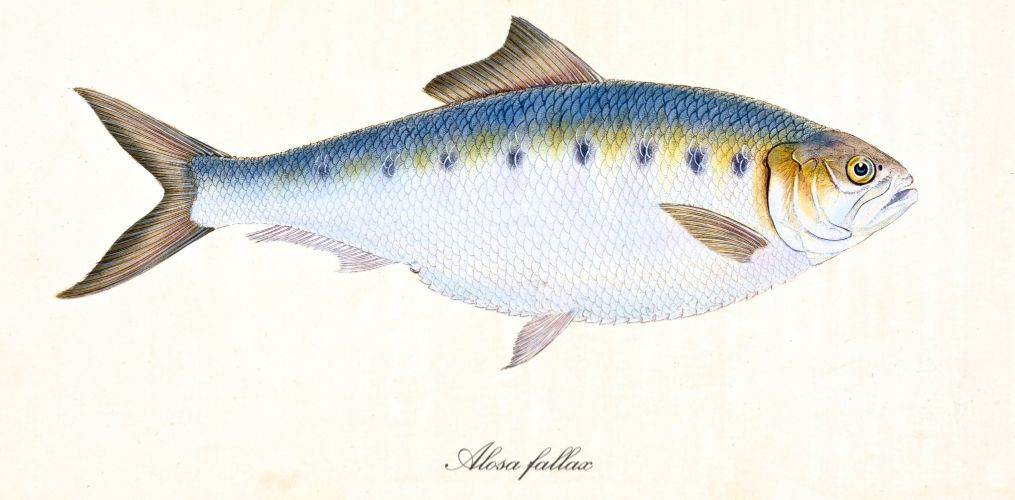
We recently shared news about the deployment of a network of fish detection devices along the Leie and the Scheldt rivers (you can find the article here). The Institute for Nature and Forest Research (INBO) has been working for years to protect fish species in the Flanders region. It is, in fact, the independent research institute of the Flemish government that underpins and evaluates biodiversity policy and management through applied scientific research.
Today we bring you a success story, one of those unexpected surprises that truly reward researchers for their dedication.
The twaite shad (also known as the “May fish” by locals), is a migratory fish species once completely disappeared from the Scheldt River due to pollution. Notably, it has made a remarkable return in the past decade.
Easily recognised by the six to ten black spots along its body and its forked tail, the twaite shad migrates upriver to spawn between late April and early May, giving it its nickname.
Its comeback has being monitored since 2014 using LifeWatch Belgium’s acoustic telemetry and data loggers to track its movement and habits. A very significant event that says something about the improving quality of water in the Scheldt river and the positive impacts of conservation efforts.
You can read more about this on the LifeWatch Belgium channel.